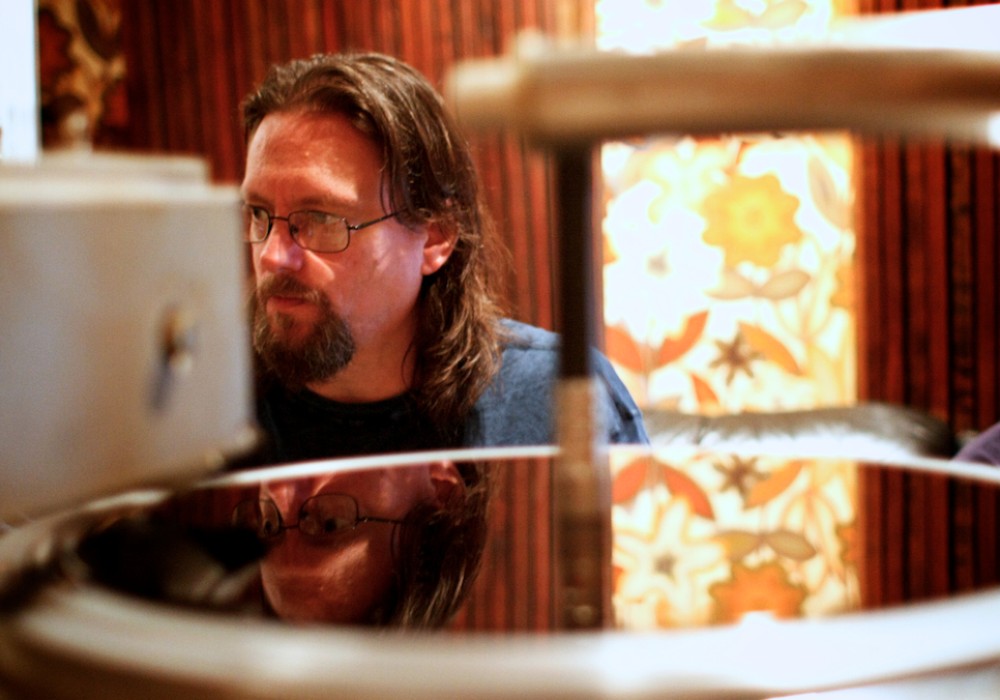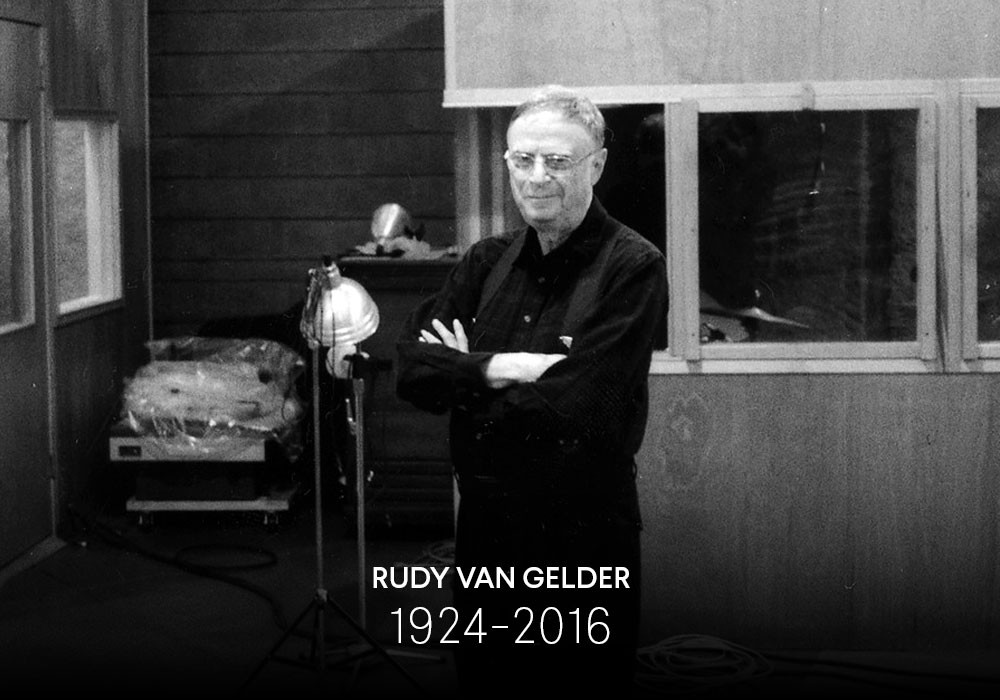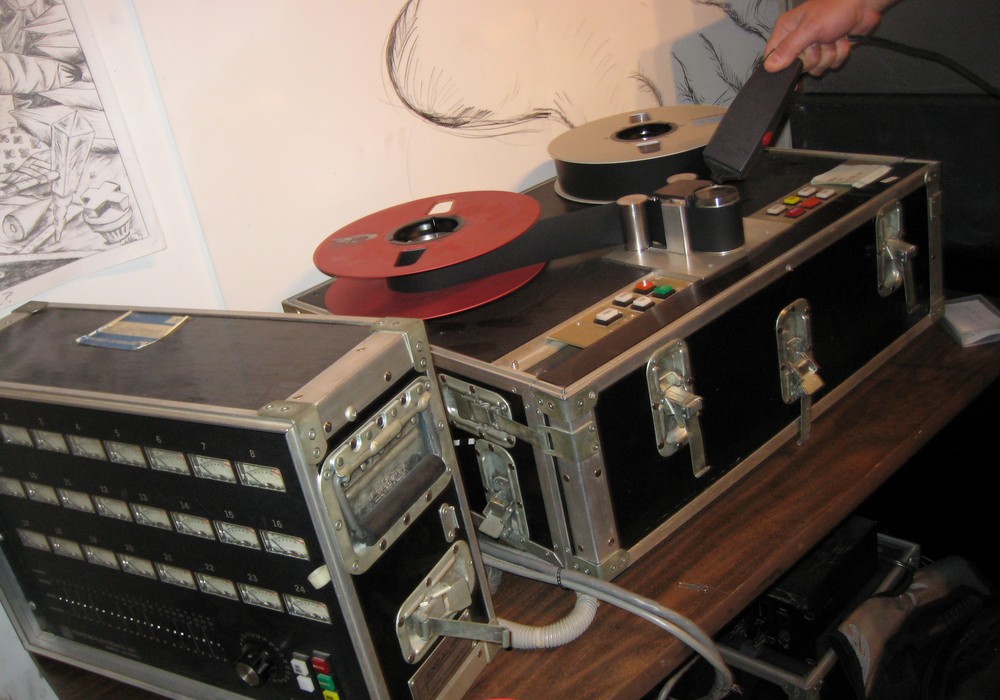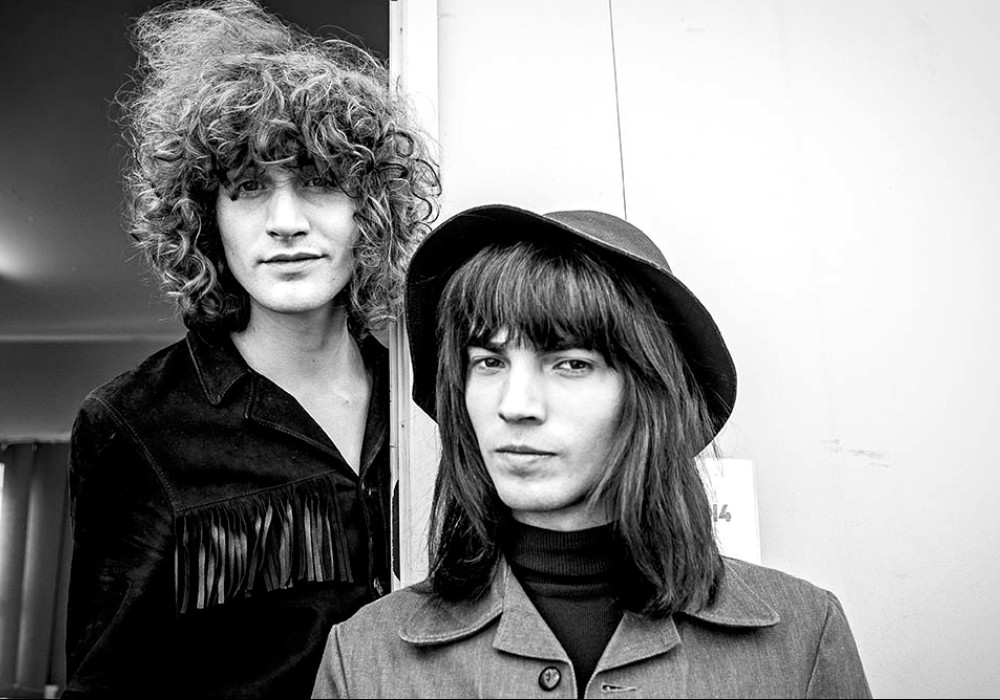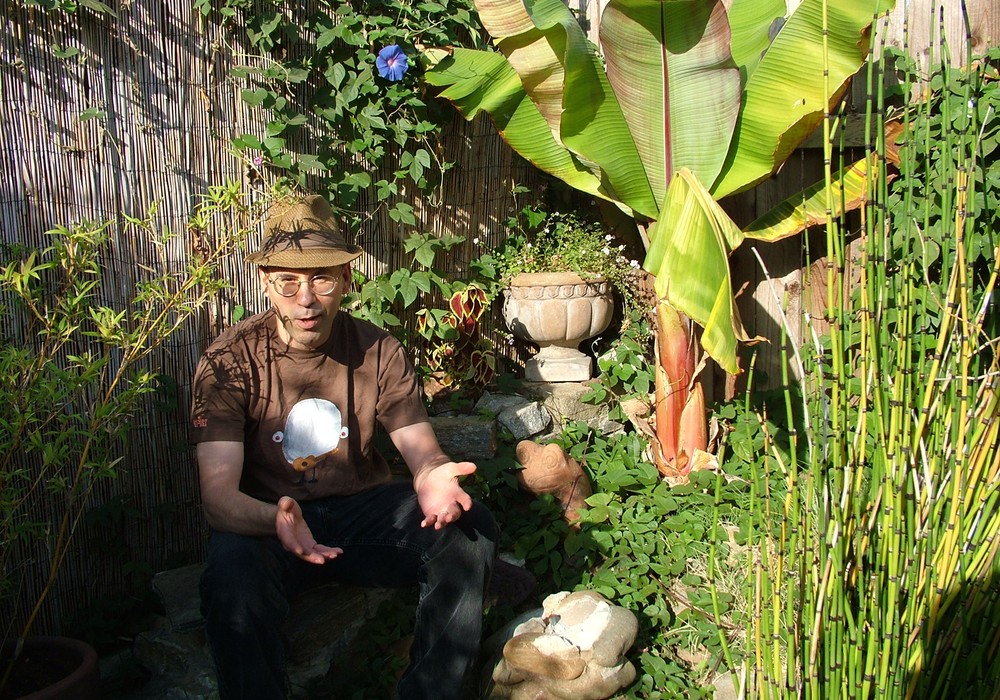For most of 1997, it was nearly impossible to avoid hearing "Lovefool" by The Cardigans on a regular basis. As one of the rare hits heard on both popular and college radio at the time, its chorus was stuck in the heads of millions, much in the way the whistling pre-verse of Peter, Bjorn & John's "Young Folks" would be a decade later. However, it's safe to say neither of these would have reached the world's ears had they not been shown the way by the Swedish indie pop band, Eggstone. The scene this group created, both culturally and by laboring in Malmö's now legendary Tambourine and Gula Studios, not only launched world-famous bands but also drew in outsiders like Franz Ferdinand, Saint Etienne, Idlewild, and Boss Hog, to name a few. Eventually their studios would even host the inimitable Tom Jones and legendary producer George Martin. Founder Per Sunding not only continues to produce quality pop in Tambourine's hallowed halls, he remains Sweden's ambassador of Bonving [a sport invented by Eggstone that involves tossing shoes].
What albums did you look to as inspiration when you were learning to record?
When we were building the studio we were listening to Paul McCartney's Ram, The La's, and the first Paul Weller solo record — Eggstone started out as the spitting image of The Jam. "We need to create a band!" "How do we do it?" All of us, in unison: "LIKE THE JAM!" [laughs] I liked The Sweet when I was young, and had an epiphany when I saw [The Beatles'] Help! on television. Of course The Kinks, The Smiths, and Prefab Sprout. We wanted to sound cool and we wanted to be famous, which is why it was frustrating when our first records didn't sound exactly like those records! Our first record was meant to sound like something else entirely, but it also taught us that you can release anything, and that "wrong" is subjective. That made us confident. A whole scene formed. Eggstone played in Umeå with a band called Ray Wonder. I recognized one of the guys, Ludwig [Böss], who had booked us all the way back in 1987, when he had a synth band hairdo and was an outcast in his own community. Their drummer, Per Helin ran NONS [North of No South] Records [Komeda, De Stijl] and [singer] Henrik Andersson had been in Komeda. I loved Ray Wonder. Henrik had this jazzy way of singing, the songs were a little weird, and it had crazy guitar playing. It gave me this feeling of "I don't know where they're going BUT I HOPE THEY MAKE IT THERE!" I got their first record [Hurray] and listened to it so much.
Sounds like quite a bond was formed.
We played together a lot. Once, when I was flying back from a Ray Wonder show in Umeå, this big heavy metal guy sat next to me. It was a guy from Meshuggah. [In a gruff voice] "Hey, are you Per from Eggstone?" [Timidly] "Y-y-y-yes?" "Oh god, I LOVE YOUR MUSIC." He was reciting the lyrics, and singing parts. It was like that [Japanese] film, Detroit Metal City, where the main character is in a Slipknot type band but his secret love is for sweet pop music. Anyway, Ray Wonder came and did their next record, Good Music, when Gula was still here. It was magic. We worked around the clock. I loved their music, they loved being here, and everyone was just enthusiastic. [Bassist] Toft's dad has a studio in Umea [Tonteknik Recording] so we brought it up there so he could mix it.
Sounds like the 90's were busy. What are the rules of Tambourine's famous game, Bonving?
Two teams of two players each stand in marked squares, at the end of a field. Each player holds a standard, office sized, plastic garbage can. One team throws a size nine or ten shoes at the opponent's end of the field, and they try to catch it. If it bounces out it doesn't count! If it lands in the square, the throwing team gets a point, but if the team guarding the square catches it, they get one. 17 points wins the set, two out of three sets win the game. DON'T hold the can by it's top, though. You have no idea how much it hurts when a flying shoe hits your thumbs, so hold the can like you're hugging it!


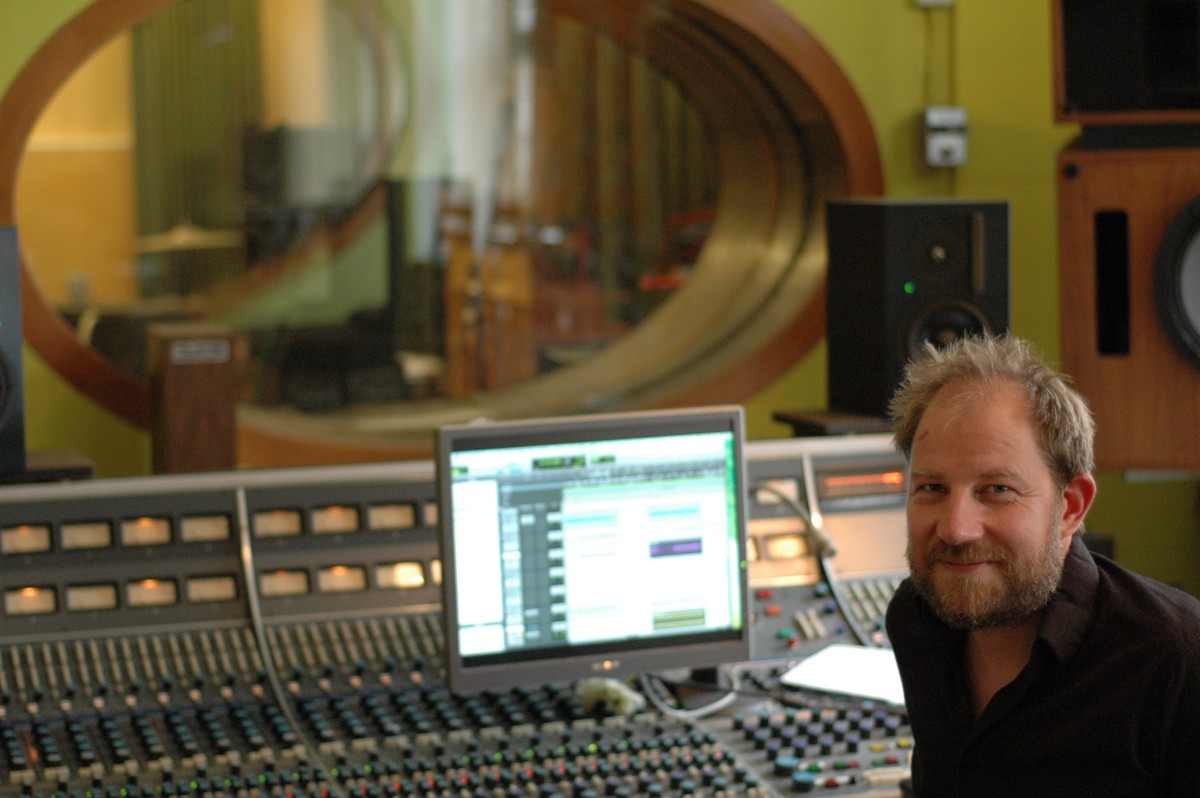
_display_horizontal.jpg)
